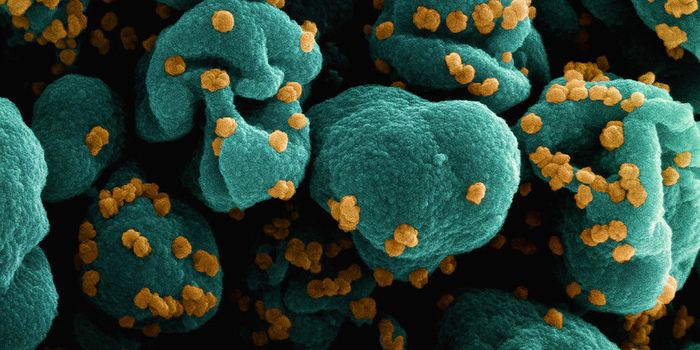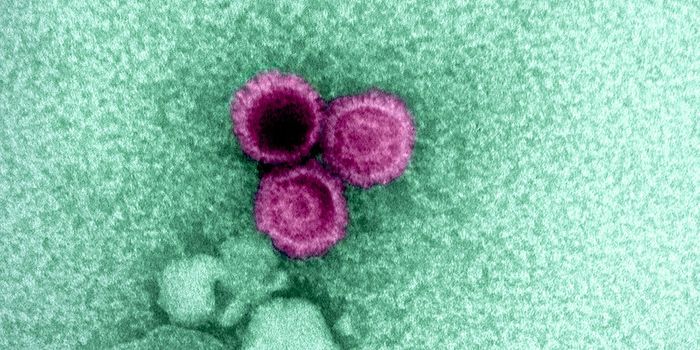Researchers View COVID-19 Progression in a Live Animal Model
Scientists have used a mouse model to visualize the progression of a SARS-CoV-2 infection as it led to sometimes fatal cases of COVID-19. The research indicated that human antibodies can help halt the infection before it starts or treat it after it's begun. But it also revealed that antibodies are only effective if they have the power to recruit killer cells from the immune system. The findings have been reported, now as a pre-proof, in the journal Immunity.
"For the first time, we were able to visualize the spread of the SARS-CoV-2 in a living animal in real time, and importantly, the sites at which antibodies need to exert effects to halt progression of infection," said co-corresponding study author Priti Kumar, an associate professor of infectious diseases at Yale School of Medicine.
Fluorescent tags and advanced microscopy techniques were used to see the viral particles at the single-cell level. In mice, the infection followed a course that's been seen in patients. The first cells with high viral loads were in the nose, then the infection moved through the respiratory tract to the lungs and then on to other organs. When the virus reached the brains of infected mice, they died.
Antibodies were collected from people that had recovered from COVID-19, and the researchers gave these antibodies to some of the infected mice. Even when the mice received the antibodies three days after they'd been exposed to the virus, the spread of the infection could be halted. If the mice got the antibodies prior to being exposed to the virus, the infection could be prevented completely.
However, not all of the antibodies were equally effective at stopping the virus. Antibodies can bind to viral particles to physically prevent them from latching onto cells and infecting them. They can also trigger other mechanisms in the immune system, which can lead to the destruction of the virus. The study indicated that the ability of antibodies to stimulate other immune system functions is crucial.
"In this study we show that their capacity to call for help from other cells in the immune system and eliminate infected cells is required to provide optimal protection," explained study co-author Andrés Finzi of the Université de Montréal.
This study has suggested that it's not enough for antibodies to neutralize infection by preventing binding; they also have to have other functions that will lead to the destruction of the virus.
Now that this tool can be used to quickly visualize the spread of the virus in a model, researchers can quickly evaluate the likelihood that treatments will be effective against SARS-CoV-2 infections or not, and in about four days. This rapid assessment technique could be useful now and in future pandemics, noted study co-author and Yale research scientist Pradeep Uchil.
Sources: Yale University, Immunity









